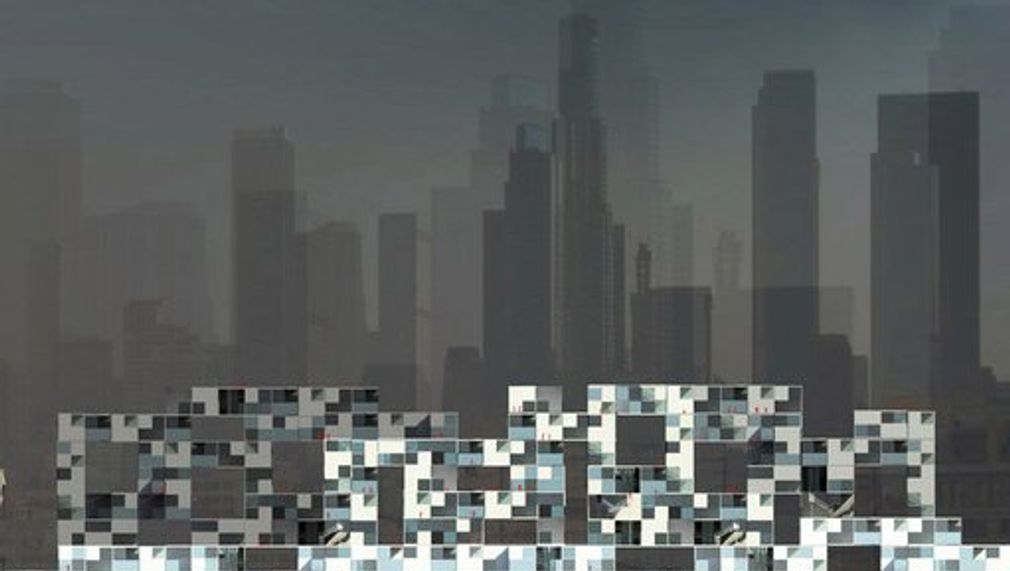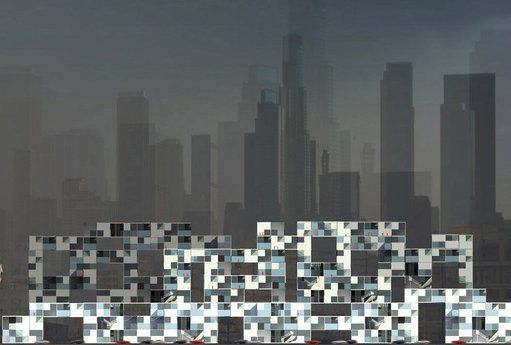UNITEDLAB
In many instances, professional practice may have constraints that could be client driven or simply pertaining to ordinances and budgetary constraints. In my earnest efforts at overcoming such limitations by streamlining design operatives, I founded UNITEDLAB as a private practice in 2006. It strives to develop and refine said operatives by periodically participating in international competitions while engaging in theoretical and adaptive research. To that effect, chosen topics vary from architecture and landscape architecture to urban design and cross-disciplinary systems with locations in Asia, the United States, and Europe. Projects such as the Magok Waterfront and Busan River City are provocative urban scenarios which combine city planning with infrastructure, landscape, architecture, social policy, and development as urban expansion merges with green belts or farmland merges into cities. When working on these proposals it was important to understand that the city is not merely the sum of many objects but a kind of organism which relates to and is composed of those that are visible as well as numerous invisible variables. The Magok Waterfront Project was awarded by the American Institute of Architects (New York) and by the State of New York. In the Yongsan Park Masterplan, we proposed a project to ecologically regenerate an urban site that had been used as a military base for more than 100 years. Its location in central Seoul, as well as its proximity to Old Seoul eventually distorted its natural axis. The site needed to incorporate the historical situations of the Second World War, the Korean War, and the societal atmosphere which Korea was forced to face. Its solution demanded research about the ecology and sustainability inherent to the site. UNITEDLAB was fortunate enough to receive the ASLA Professional Award and an AIA LA Award for this project. More recently, I developed a research project called ‘Los Angeles Affordable Apartments,’ a multi-unit residential prototype based on traditional village housing schemes. I proposed unit prototypes for the low-income which compels pedestrian activity in DTLA. For a mobile city like Los Angeles, I believe this could be new typology that encourages such activity.
Visit this organization’s website to learn more

1 Submitted Idea
- 2013 Grants Challenge
Porous Housing 2050: Housing Typology for DTLA in 2050

Over the past few years, the City of Los Angeles has been making ardent, varied attempts at revitalizing its Downtown district. For instance, contemporary cultural nuclei such as The Disney Concert Hall, The Broad Museum have been generating much public interest. Furthermore redevelopment of neighborhoods and renewed events in the Artists’ district has stirred more awareness so as to cajole the vivacity of the City of Angeles. These attempts assert an indirect impetus at restraining the issue of land-use but do not solve the fundamental problem. As the incumbent urban sprawl deters mobility in Los Angeles, most commercial and recreational infrastructure has moved to suburban areas due to the availability of affordable, expansive land, and easy access. This in turn coerces Angelinos to use their personal motor vehicles to access downtown and its satellite facilities which is all the more prominent on weekends. The Central Business District (CBD) Decline Phenomenon is becoming graver, as the Downtown is strictly utilized for business and commerce affairs but lacks much recreational activity thereafter. Fundamentally, it forces deficiency in pedestrian activity, causes traffic congestion, increased demand for parking spaces, lack of urban parks and public space which are inherently interrelated. Los Angeles is also the city with the largest homeless population with settlements in the Skid Row district bordering downtown. Unfortunately, the temperate climate and lack of assistance for the homeless has contributed to this precipitous growth of the Skid row district. Our research is based on a futuristic vision for urban collective housing with emphasis on use in Downtown Los Angeles (DTLA). Through our research we hope to envision L.A.’s housing requirements for the future and develop new housing typologies to address these very requisites. New typologies for urban collective housing demand an exhaustive study of contextual downtown parameters such as urbanism, architecture, landscape, ecology, and social culture. This paradigm is beset by the predominant terse or perhaps lack of, use of the district in non-business hours. The research would work as a catalyst in arousing passion for the futuristic urban housing for the new era, far from the maximum units stacked prevalent woven into the fabric of the district.